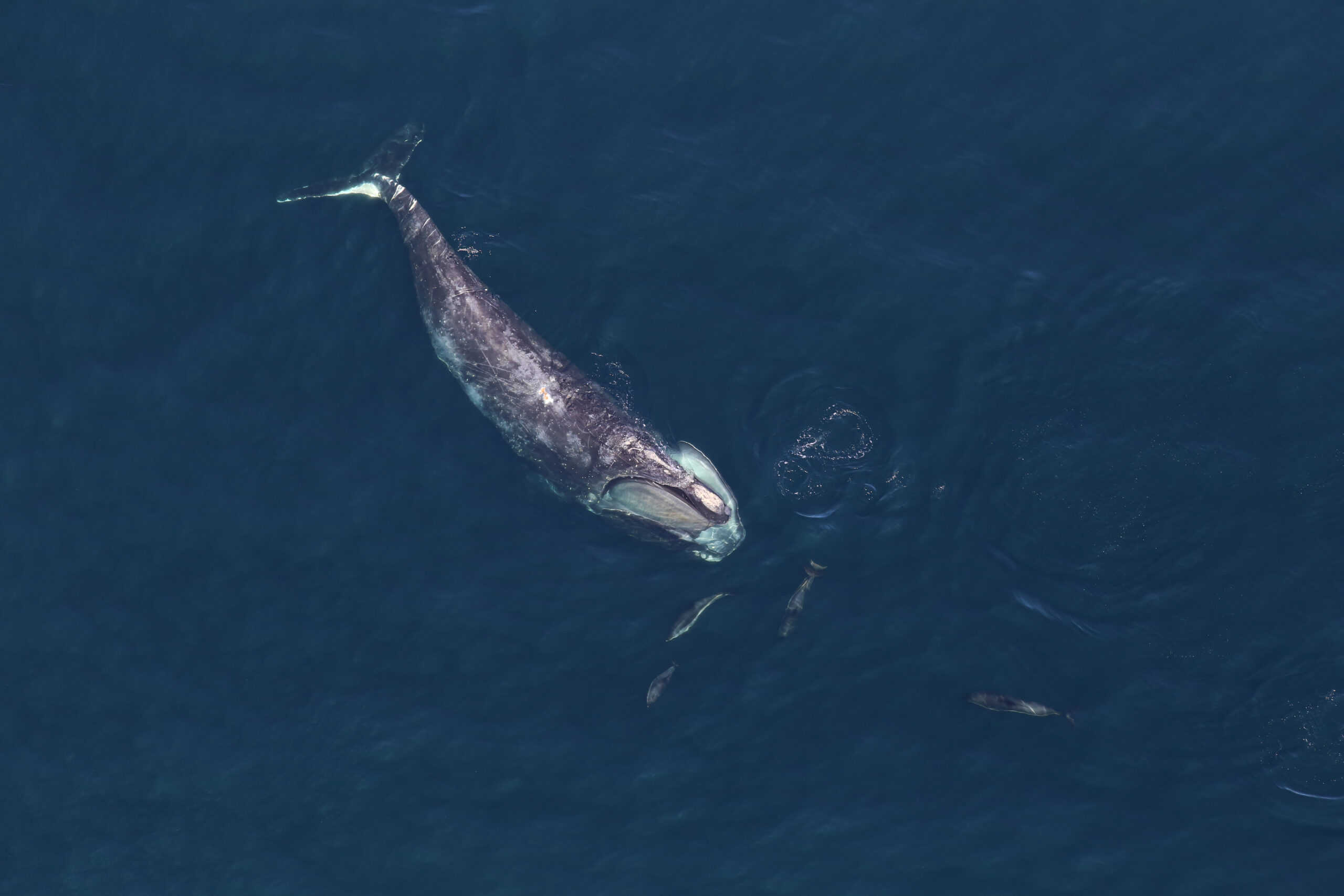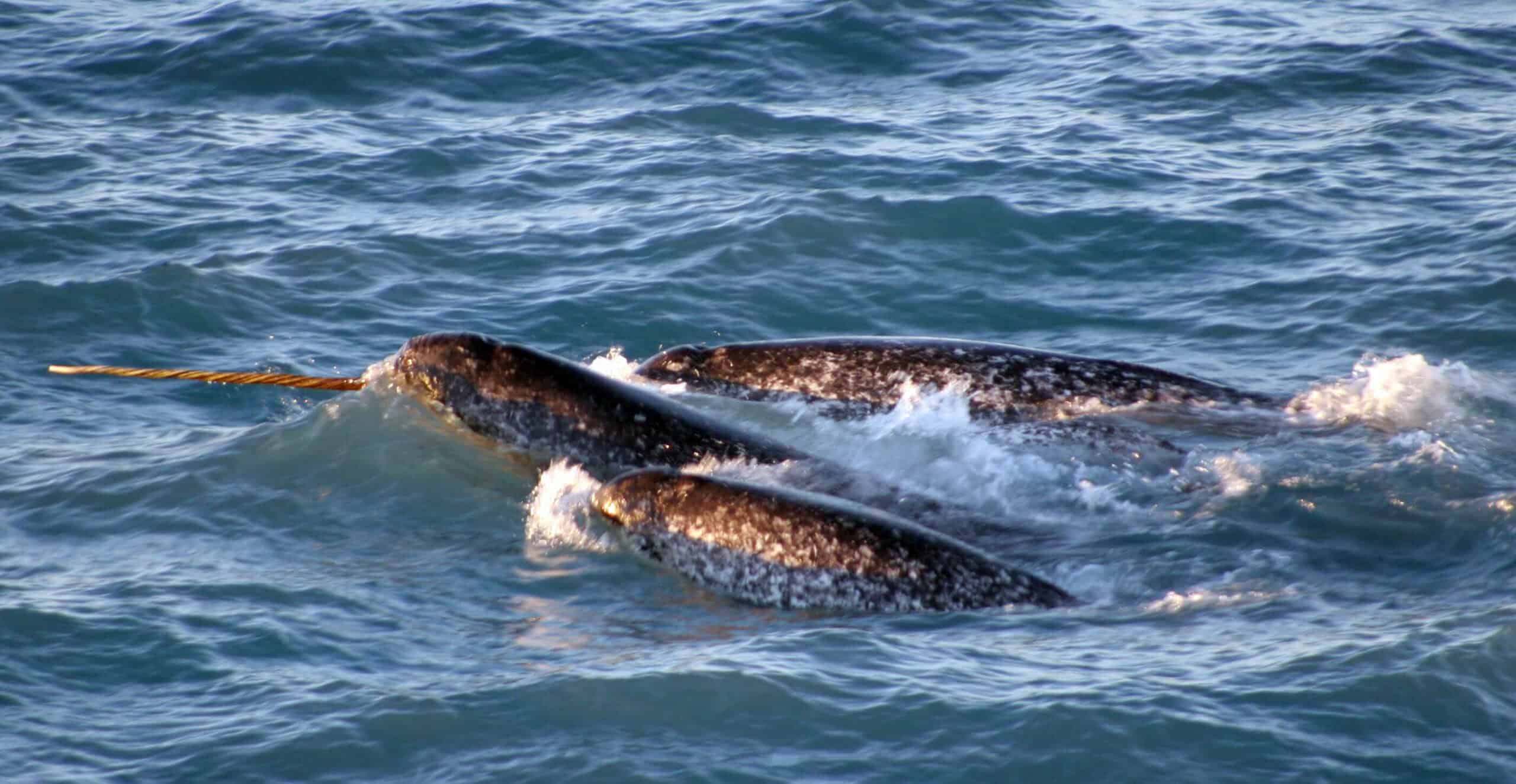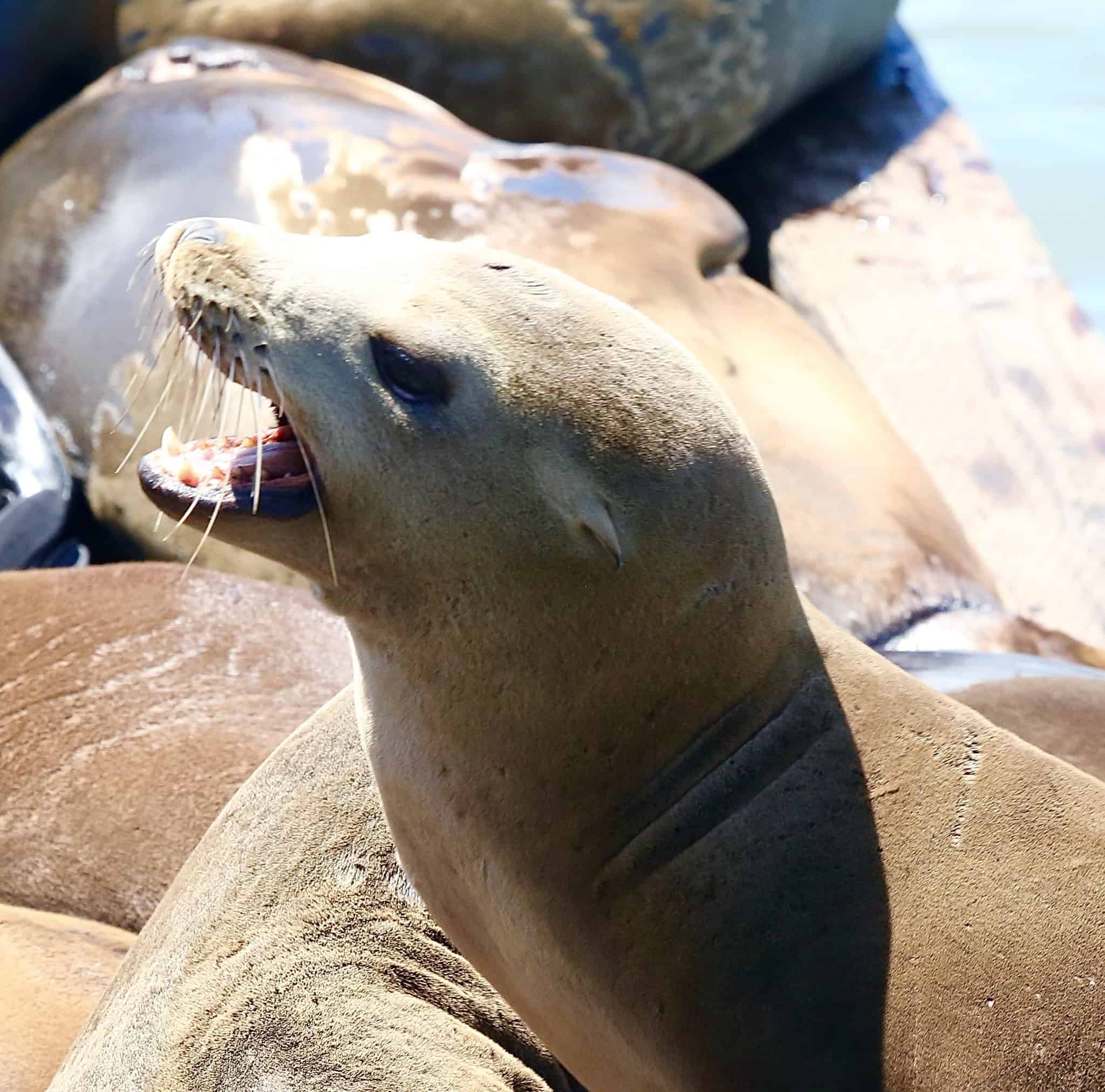Share this article
Wildlife Featured in this article
- North Atlantic right whale
Rope entanglements hinder right whale reproduction
The population is down to only 73 reproductive females
North Atlantic right whales are critically endangered, and when they become entangled with fishing rope, it can have repercussions on future generations.
Researchers found that even minor entanglements often result in the marine mammals forgoing calving. That can have an outsize impact on the whales, which are listed as endangered in the U.S. and critically endangered by the International Union for Conservation of Nature. The most recent count, in 2018, found just 360 individuals and only 73 reproductive females.
“There was a real decline in breeding females,” said Joshua Reed, lead author on the a study published in Proceedings of the Royal Society B Biological Sciences. Researchers have found more females staying in a “pre-breeder state”—a group that includes both young whales and older ones that haven’t reproduced.
North Atlantic right whales (Eubalaena glacialis) live along North America’s East Coast. They winter off the coast of the southeast US, where they mate and give birth, migrating north in the summer to feed in New England, the Bay of Fundy and the Gulf of St. Lawrence, among ropes used to haul in lobsters and crab traps.
A doctoral candidate at Macquarie University at the time of the study, Reed wanted to see if entanglements affected reproduction and, therefore, calf recruitment. He and his colleagues tapped into detailed entanglement records and sighting data on individual whales from the North Atlantic Right Whale Consortium, a data-sharing group of right whale experts, government agencies and industry representatives. “They’ve got quite a good record of which individuals have been seen in different parts and in different years,” Reed said.
The researchers put the sighting and entanglement information into a statistical model to tease out how a whale’s age and reproductive history might correlate with rope entanglements.
Entanglements are scored as minor, moderate or severe, based on how likely the entanglement is to cause the whale to die. But Reed’s team found that for reproduction, minor entanglements mattered quite a lot. “Minor entanglements are actually the ones that limit an individual’s ability to go from not having calves to having calves,” he said. “They were much less likely to start reproducing if they had minor entanglements.”
Reed suspects that’s because when a whale gets entangled, it’s using energy it would have used on reproduction to break free. In addition, research has found that individuals that have become entangled are much smaller than other whales. “For an animal like the right whale, size is an important factor in how much energy they can accumulate and then how much energy they can put into a reproductive event,” he said.
Moderate and severe entanglements also mattered when it came to reproduction. Right whales in these categories that had reproduced before were less likely to reproduce again.
While efforts are underway to weaken the strength of the ropes used for fishing, that might not help much when it comes to minimizing minor entanglements that can impact reproduction, Reed said. Ropeless fishing gear—which uses GPS trackers and timed releases from air-filled sacks to push lobster and crab pots to the surface—offers an alternative, he said, but it’s costly, and fishermen worry it may not work as well.
Seasonal closures are another option, he said, and they are already being used in some areas, but with climate change altering prey availability, the whales are seeking food in unexpected places, where they find themselves tangling with fishing vessels that are doing the same.
Header Image: Fishing gear entanglements can affect Atlantic right whale breeding. Credit: National Marine Sanctuaries








